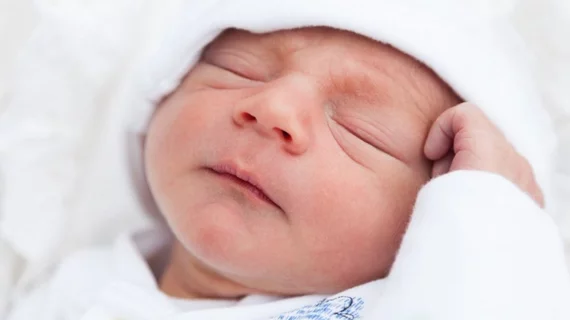MRI study offers insights into infant brain structure
There is relatively little understood about infant brain development. A team of Finnish researchers sought to explore the brain structures of newborns in a new study published in Brain Structure & Function.
MRI was used to scan 68 Finnish babies aged two to five weeks old. The team analyzed the association of age and sex with brain size and asymmetry.
“We observed that in both sexes, the lobes were asymmetric in the same way: the right temporal lobe, left parietal, and left occipital lobes were larger than their counter side,” said Satu Lehtola, from the FinnBrain Birth Cohort Study at the University of Turku in Finland, in a news release. “Differences between sexes were found, but they were subtle and included only locally restricted areas in the grey matter.”
Additionally, Lehtola et al. found the growth rate of grey matter to be more rapid during the first years of life—consistent with existing research, according to the authors. When grey matter was broken down into lobar volumes, full-term infants did not display “statistically significant” lobar volumes, partially due to the fact that infant’s ages were only a few weeks apart. Infants born earlier did show smaller volumes in the visual association cortex, primary and auditory association cortex, the authors noted.
One limitation of the study, Lehtola et al. wrote, was its inclusion of only full-term infants, which may have obscured effects of prematurity and other pregnancy complications. Overall, the research provides a good foundation for further infant brain studies.
“The results provide a good basis to continue research on the effects of early environmental factors on brain volumes, which is a key aim of the FinnBrain research project,” Lehtola said in the release.

